
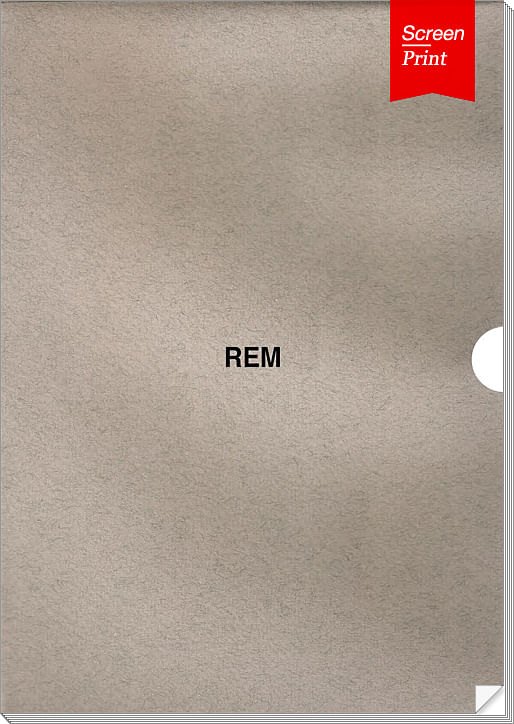
It might be best to consider REM magazine as a performance, rather than a publication. The “short-term” magazine isn't solely about Koolhaas, but began publishing at the start of his Venice Biennale of Architecture in June, placing its feet firmly alongside other satellite exhibitions taking place during the Biennale. But REM isn’t here to analyze — it’s here to pit architects against one another in Koolhaas’ boxing ring.
For each issue, published until the Biennale’s end in November, two architects duke it out in response to particular motifs within Koolhaas' "Fundamentals". The editors interview each architect separately and then place their responses in combat. Five issues in total are planned, printing fifty copies for each, and that’s that.
Our Screen/Print features issue #2, with architect Philippe Rahm and multi-valent artist and designer Ugo La Pietra. Rahm previously represented Switzerland at the Venice Biennale in 2002; you can check out our interview profile of him here.

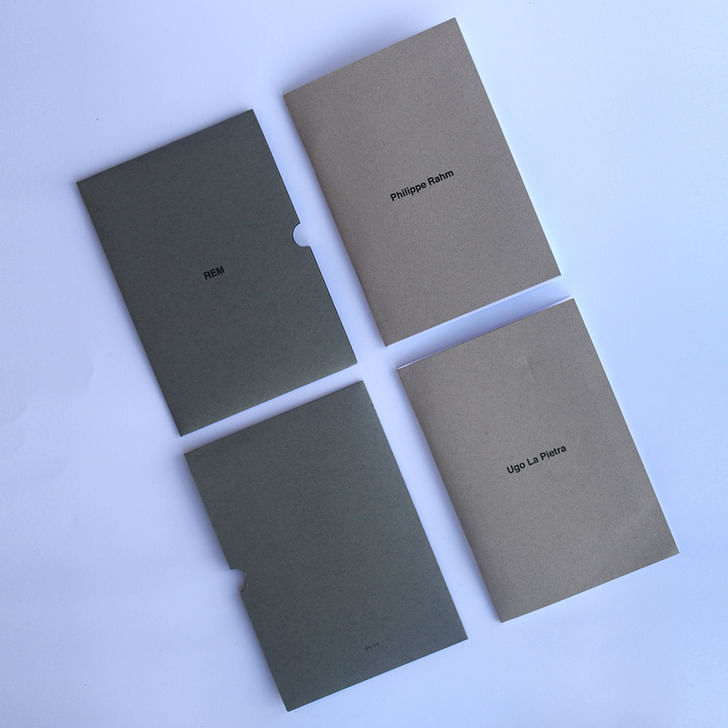

The following excerpt has been edited and condensed:
REM: The Biennale exhibition of Architecture, “Fundamentals”, will focus on the elements of architecture used by any architects, always and anywhere. Koolhaas has anticipated some of them: door, floor, ceiling… Could you tell us something about the fundamentals of your architectural research?
Philippe Rahm: I think one part of the Biennale maybe will be also linked to ducts, and pipes. Of course I’m more interested in ducts and ventilation elements or in all the heating systems. I’m more interested in the invisible elements of architecture like heat, ventilation, lighting, because I think they define more precisely the quality of the air and the quality of the space than the visible ones. I think these invisible elements could be integrated in the Biennale because some parts of them will be the duct and pipe. I don’t know how the Biennale will be but I think the fundamentals of architecture are not the visible elements. I think it’s more the climate…I believe that the approach of this Biennale is a more traditional approach based on elements of architecture that were codified in 19th century Beaux-Arts architecture by Durand or Guadet.
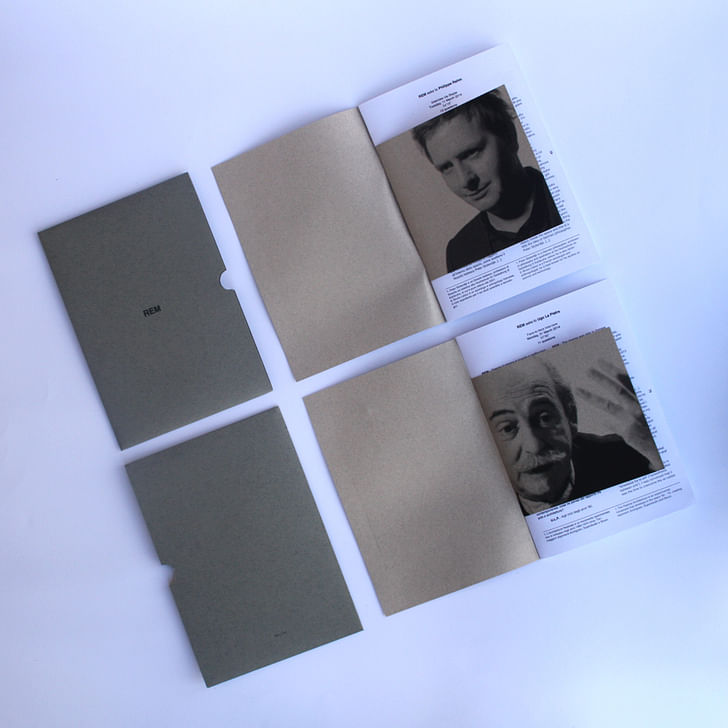
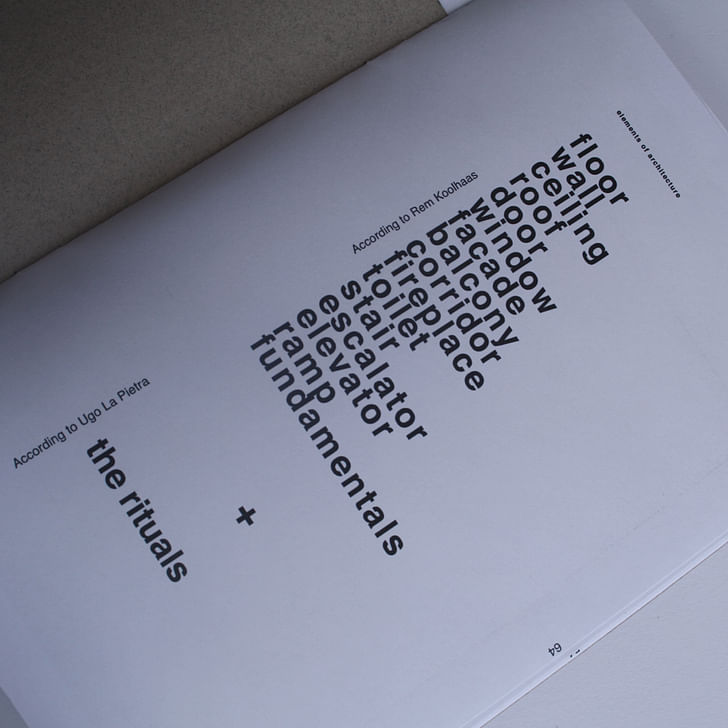
Ugo La Pietra: Talking about the fundamental of architecture, I think we need to talk about the rituals rather than the formal and abstract element – that is our relationship with a door, rather than with a fireplace or a television. It is a relationship that must be looked at through the ritual that characterizes the element in some way. So the contents and meanings that we can give to a fireplace is different than that of a television. All the things that belong to the physical architecture are related to our rituals, and I have often tried to overcome and break these rituals in my work. For example, with my tilted floor (“Il Commutatore 3", 1970), we can easily understand I think the fundamentals of architecture are not the visible elements. I think it’s more the climatethat you just have to move the point of view so that everything changes, everything can be seen in a different way: the ceiling is no longer the place where they hang the chandeliers, but it can become a place to place, represent or do. The elements are all encoded into our head according to a certain kind of ritual, but the story can change. In my opinion this is the theme that you should watch, observe and plan.
At the beginning of 1900, it made sense to speak of a national architecture, like “Chinese" architecture, “Swiss" architecture, or "Indian" architecture. One hundred years later, after two world wars, different speeds of development and individual talents, architectures once specific and local have become interchangeable and global. Has the national identity been sacrificed to modernity? And in 2014, does it make sense to speak of national architecture?
PR: I don’t believe in national cultures because I think it’s a postmodern approach, too much based on images, or narrative…Personally I think that the architecture has nothing to do with this. In Taiwan, for example, in the project we won, the national culture wasn't absolutely important, we didn’t integrate it. When you speak about culture it’s a kind of superstructure of something that was more physiological before. For example, everybody thinks that the Chinese roof is linked to the Chinese culture but nobody knows why the shape of the roof is like that. Maybe, in reality, it is linked to a certain part to manage the water, to deal with the rain and the rain has created the shape of the roof. And the same goes for the shape of the building. I think it’s not interesting to use the superstructural cultural approach; I think it’s better to come back and to understand the physical reasons, the scientific reasons. For example, in the Arabian countries there are big walls made of earth. It’s really interesting to look at them to understand their thermal immersion, the migration of heat inside the wall during 12 hours, the creation of coolness during the day and warmth during the night. In Morocco, in Marrakech, there are some fountains with water and the water evaporates and creates coolness by a physical change from liquid to gas. What is more interesting is the climatic approach of the country and not the cultural image. You learn more and you can All the things that belong to the physical architecture are related to our rituals, and I have often tried to overcome and break these ritualswork deeply if you know the climatic reasons. And the same goes for the color. The color is not only an aesthetic choice, it’s also linked to albedo, to reflect or absorb the heat. I think the climatic approach is really fascinating. It’s interesting to understand inside the culture what are the original physical reasons.
ULP: I make exactly an opposite path. Already in the ’60, the radical architects, I was one of them, were critics about nationalist architecture. They were against designing the same building in different locations. I often talk about design and territorial architecture. Territoriality is distinguished from folklore, because it implies the project taking into account multiple resources – not only the physical resources that a place had, but its valor and hidden resources that are difficult to note, because these are related to compartments, story and stratifications. I have always believed that with the growth of globalization would have grown the commitment to diversity. As telematics develops, informatics and virtuality would grow in opposition to the requirement of a material report between things. At the Triennale of 1992 I made a work about this theme, “Casa natural Casa virtuale”, but just on Triennale of 1979 I presented a work about the natural-virtual theme: these two elements are opposed to each other but as one grows, so does the other. We live in a society that grows and changes in exaltation of territoriality; at this time globalization is stronger. You can see it in the most important categories of our society – those are in relationship with market, with money and the power. Today, nations count anything. Count only the type of investment over the nations, and this is why it’s more difficult thinking about different types of war.
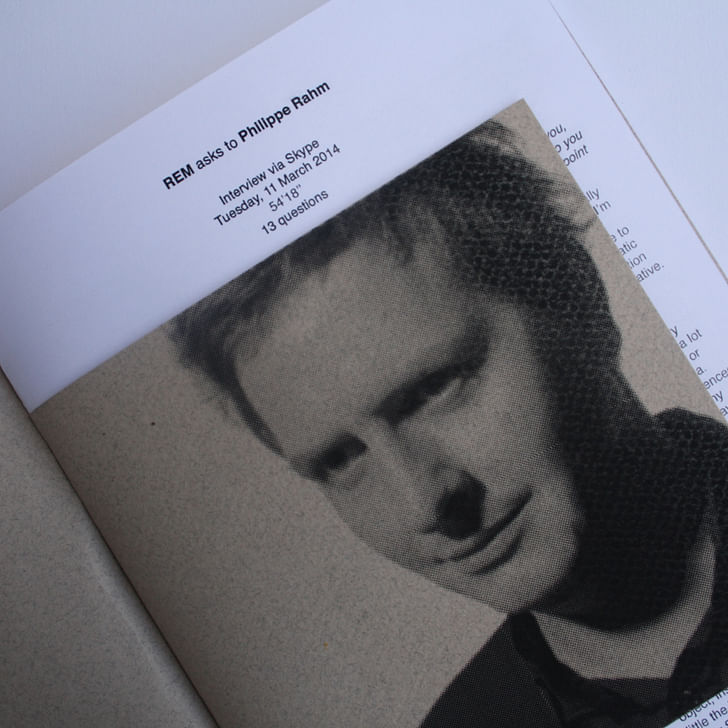

REM: After different architectural exhibitions that celebrate the contemporary, “Fundamentals” will focus on the history. For an architect, between history and contemporaneity, what is more important to understand: the history, or to live with extreme attention to contemporaneity? And why?
PR: It’s really interesting and important to know the history of architecture because you can understand why the current situation is like this, and what was the reason for this. Sometimes you misunderstand some reasons if you don’t know the history, because you only see the result but you forget the cause of the form, of the shape. For example, in the history of the cities it is quite important to understand that the beginning was linked to the well, to the sources of clear water, and cities took place where there was clear water. The public plaza was not only a morphological shape, it was linked to the use of drinking, to I very much believe in history, also I understand that today a twenty-year-old guy might think to live without itphysiological needs, and these needs created a social reason for the public plaza. Today we forget these aspects because water comes direct into your apartment. But before it was a necessity to go outside to take water, and this created a social link around the square. Knowing the history of the cities and buildings for me is really important.
ULP: I very much believe in history, also I understand that today a twenty-year-old guy might think to live without it, but in my opinion history is fundamental. I’m sure that there are people who make history and people who write history, and they’re too many different things. I was invited to the Biennale in the ’70s when it was not clear what I did. In 1978 I was invited in the architecture sector, in the art sector from E. Crispoldi, and in cinema sector from V. Fagone. In the same year I explained in all three of the sections of the Biennale, when the art world was confused. When everything was straightened out and the arts recovered their specificity – they defined their scopes, limits, borders, secrets words – a person like me was no longer needed. Today I still do paintings, but they don’t count for anything. Instead works of some of my friends like Sceggi, Castellani, Bonalumi, cost twenty thousand, thirty thousand, forty thousand euro. Castellani, three hundred thousand euro. This means that you can take different paths. Luckily it seems to me that I’m a person more useful than important, because with my work you can understand that you can look at the world in a different way.

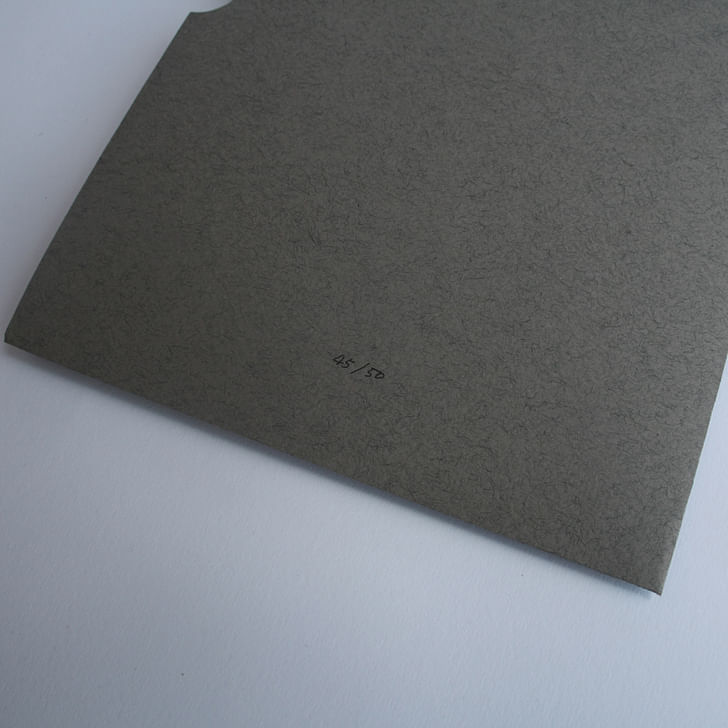
REM magazine is the project of Marco Belloni and MinKyung Han, two architecture students at Polytechnic University of Milan.

Screen/Print is an experiment in translation across media, featuring a close-up digital look at printed architectural writing. Divorcing content from the physical page, the series lends a new perspective to nuanced architectural thought.
For this issue, we featured REM magazine, issue #2.
Do you run an architectural publication? If you’d like to submit a piece of writing to Screen/Print, please send us a message.
Former Managing Editor and Podcast Co-Producer for Archinect. I write, go to the movies, walk around and listen to the radio. My interests revolve around cognitive urban theory, psycholinguistics and food.Currently freelancing. Be in touch through longhyphen@gmail.com
No Comments
Block this user
Are you sure you want to block this user and hide all related comments throughout the site?
Archinect
This is your first comment on Archinect. Your comment will be visible once approved.